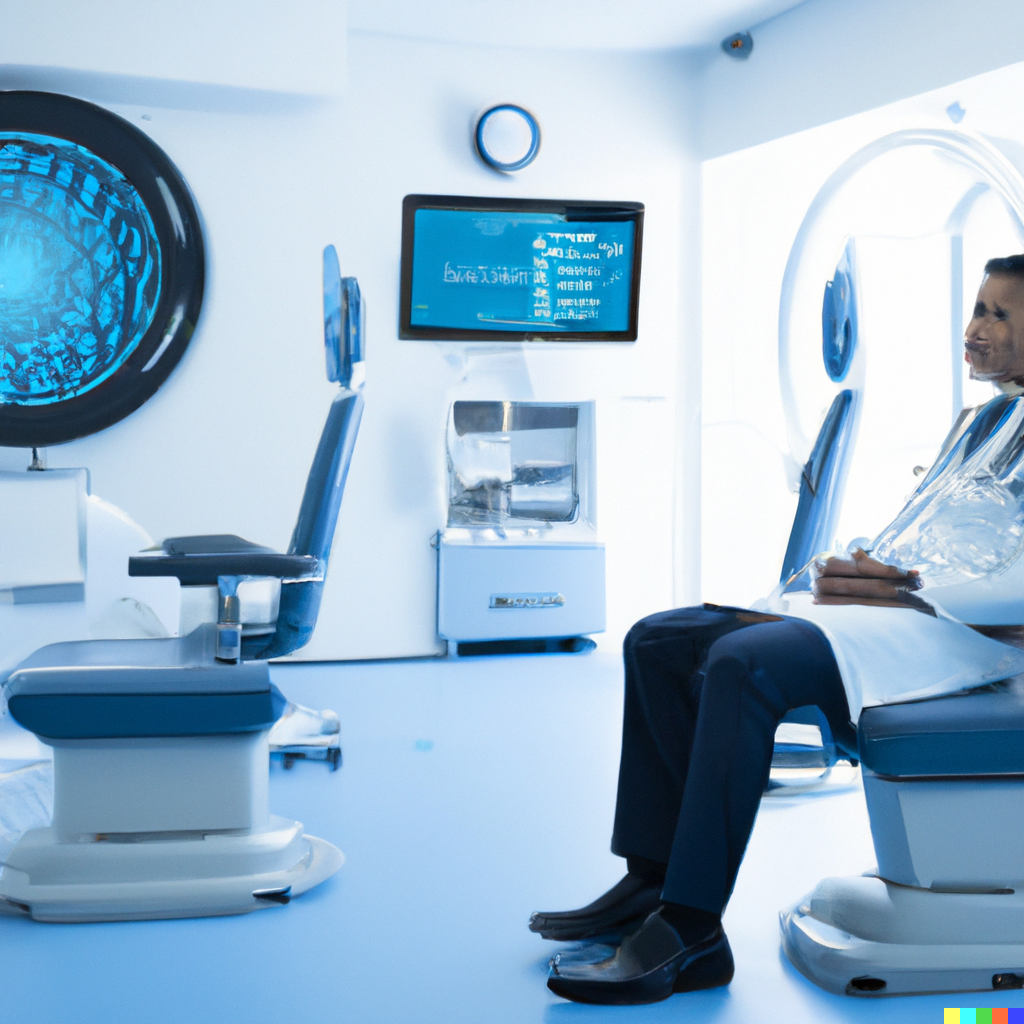Patient Information
Abdominal X-ray
An abdominal x-ray uses a very small dose of ionizing radiation to produce pictures of the inside of the abdominal cavity.
Chest X-ray
A chest X-ray is a test that looks at your heart, lungs, and bones. Chest X-rays use a small dose of radiation to create a black-and-white image.
Skeletal Survey
A typical skeletal survey consists of around twenty plain X-rays (radiographs) of your entire body. Specifically, the examination includes radiographs of the skull, chest, abdomen, spine, both arms, and both legs.
Head & Neck
Head and Neck Radiology. Dedicated to providing free access to high quality educational materials and diagnostic tips for use by health professionals.
Lower Extremities X-ray
X-rays are made by using external radiation to produce images of the extremity for diagnostic purposes.
Upper Extremities X-ray
These X-rays can help to find injuries (fractures and sports injuries), joint swelling (arthritis), weakened bones (osteoporosis), or other abnormalities that may be causing pain.
take your test in
Annex Medical Imaging
You don’t need to prepare for an X-Ray. However, please do not wear any metallic items such as jewelry on the day of your test. If you are pregnant or think you might be pregnant, please let your technologist know prior to the X-ray.

